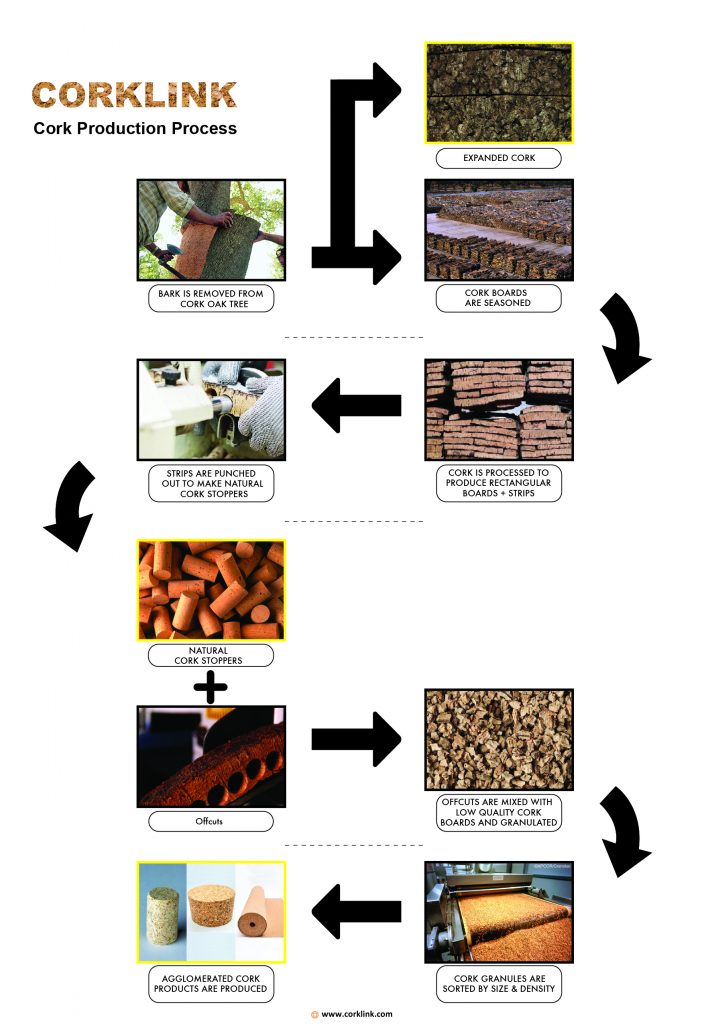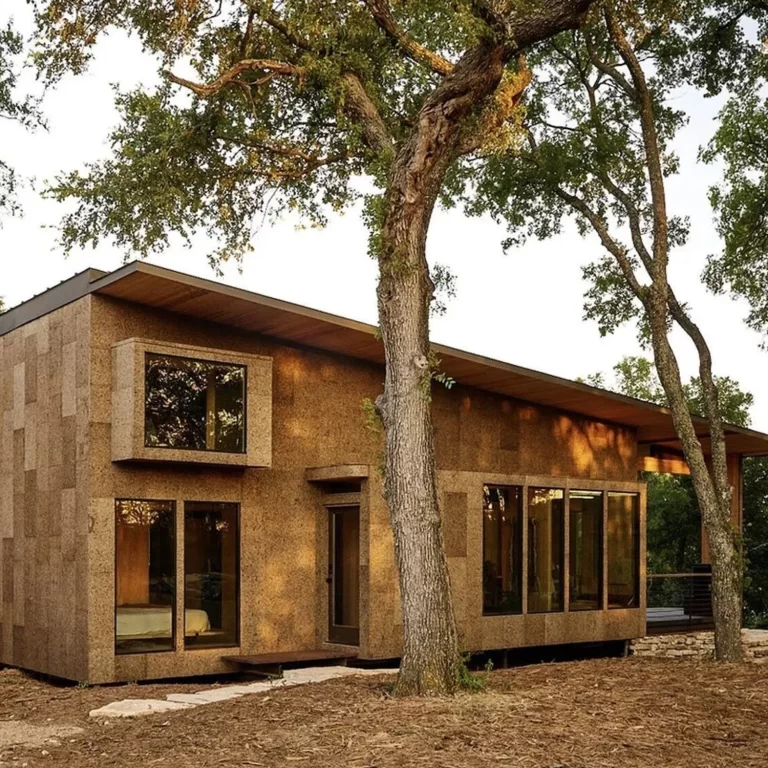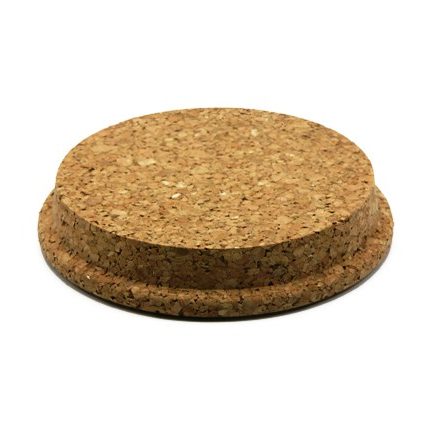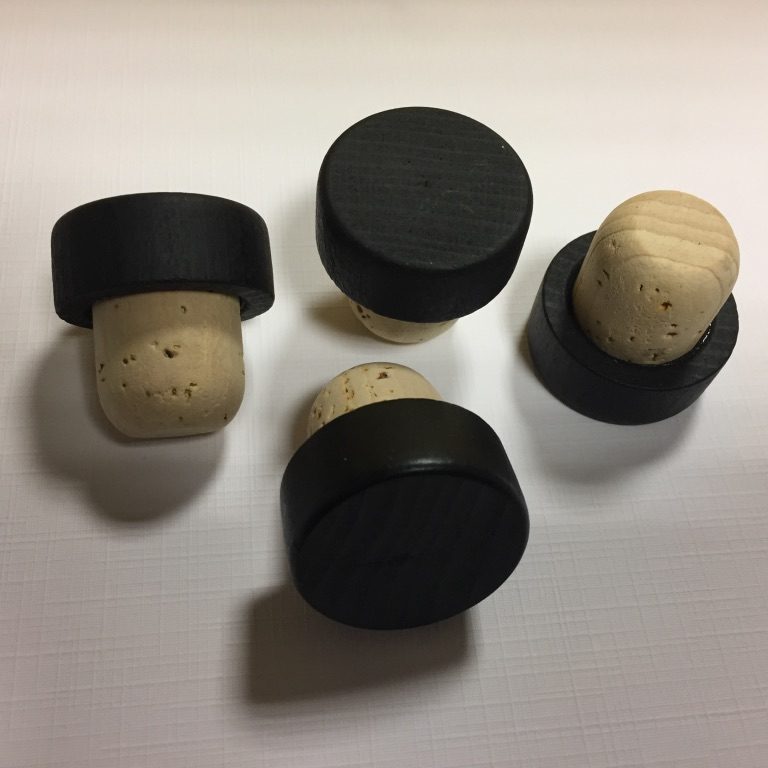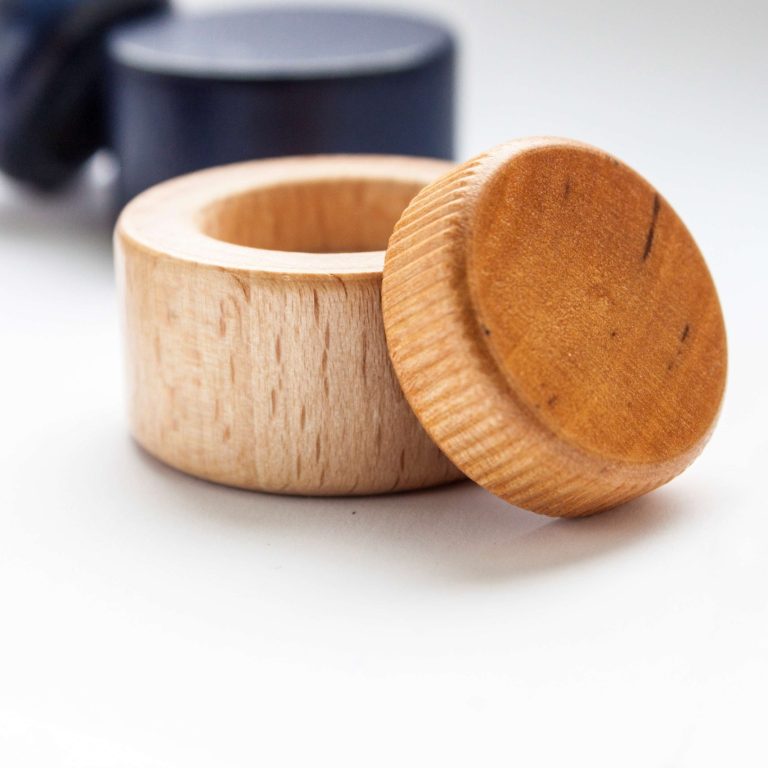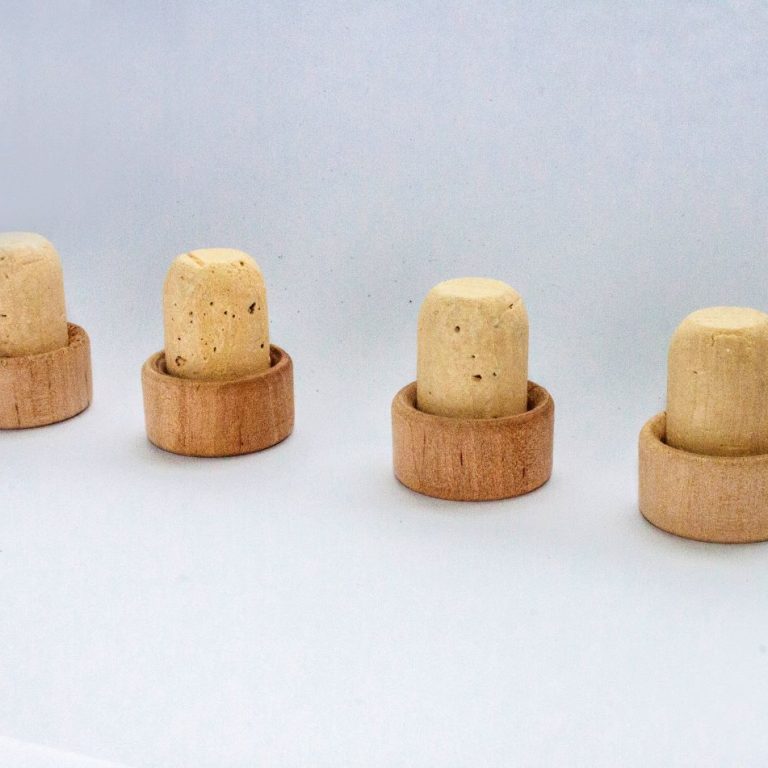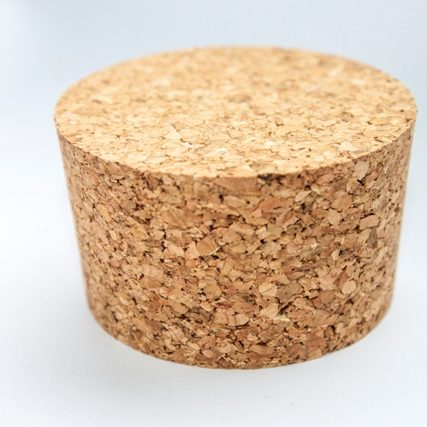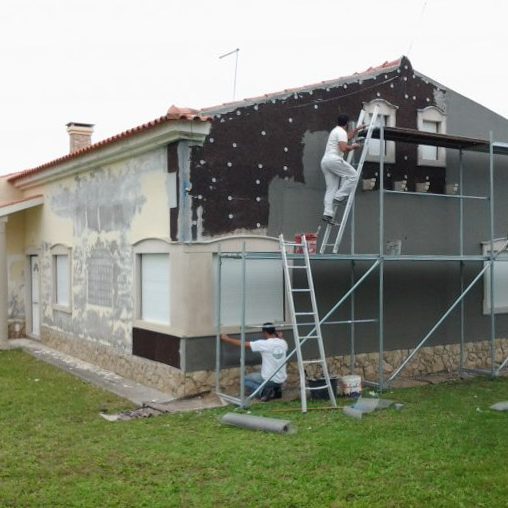Cork is the bark of the cork oak (Quercus suber L), that grows in Mediterranean regions such as Spain, Italy, France, Morocco, Algeria and, most particularly, in Portugal, where there are more than 720 thousand hectares of cork forests.
It is an astonishing tree, very long-lived and with an enormous capacity for regeneration. It can live up to 200 years, despite its bark being stripped around 16 times during its lifetime, at nine-year intervals. So each time cork is harvested, the tree is not killed and cork products are recyclable and reusable making cork a perfectly sustainable and environmentally product. Read some more information about the unique ecosystem cork forests sustain as well as other environmental benefits such as carbon sequestering here.

